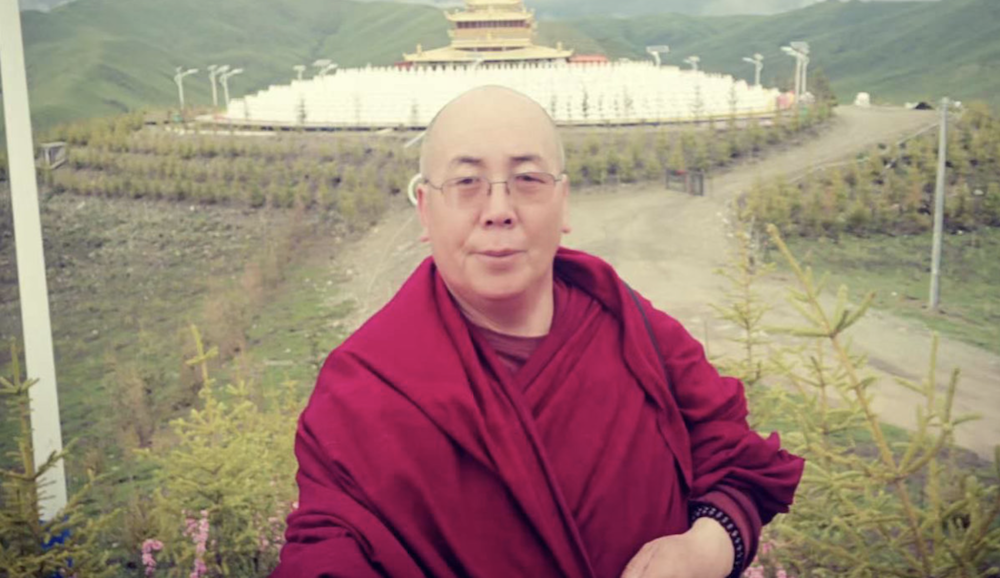By Tatun Wangpo
A wooden placard that read, literally, “I am a whore” hung around her shoulder. Face blackened with coal, head tonsured, she was forced to stand up on a moving pick up truck. A prominent woman, a purported leader of the regional women’s association, stood beside the besieged woman, with a loudspeaker in one hand, and a note book on the other that documented the “crimes” committed by the hapless woman.
This was the dramatic or tragic scene I, as a teenage boy, witnessed almost a decade and a half ago. Her crime was that she, who was supposed to preserve the purity of Tibetan womanhood, eloped with a local Indian man; a vintage Bollywood movie inspiration in which love conquered all barriers, including culture, religion, and social status.
The anguish she suffered because of the public beating for her “crimes” that would put even the perpetrators of the Chinese Cultural Revolution to shame testified one of the biggest flaws of the Tibetan society: Gender inequality.
This social issue stirs as much a controversy-and hesitation- among the Tibetan community as does the issue of Tibet post Dalai Lama. It appears that the common folks are either unwilling or too preoccupied by the larger cause of Tibet that they do not have an iota of time and space for certain fundamental issues that would play a leading role in deciding the fate of their nation and fellow Tibetans. Perhaps the leaders and educated class should take some blame for the ignorance of Tibetans on specific issues, since they have created a social structure which demanded from its subjects a razor sharp focus only on the so-called larger issue of Tibet. It is a different matter, of course, that this larger cause is at best ambiguous, leaving the general Tibetan populace confused about what sort of settlement their leaders’ desire for Tibet: political autonomy or cultural and religious freedom.
Although compared to other Asian and African societies, Tibetan society is quiet receptive and accommodative of women’s rights, yet it still has a long way to go before it can sit on the perch of gender equality.
Constitutionally women do enjoy equal rights as men. They are allowed to contest elections for office and can participate in any other activities that would help them move up the social ladder. Girls can be easily married off without any burden of dowry. (It is a different case that they are always under pressure to find a suitable match for them, that too at the right moment). In other words, they have to walk down the aisle at an early age. A woman crossing 30 is generally deemed as too old to be considered as a suitable bride. This compels the woman to sacrifice her career, forcing herself within the confines of her house, looking after her husband and children.
While men freely indulge in infidelity and bump into brothels, they expect their wives and girlfriends to make sure that their hearts and minds, and body, leave no space for others, except for themselves. While a divorced man, with a few children, is entitled to marry with teenage girls (hardly anyone raises its eyebrows in such cases), a divorced woman is looked upon as a source to satiate men’s sexual urges. Ditto with a woman or a girl who dumps her husband or boyfriend for a greener pasture-they are considered as lacking in morality and would be constantly accused of destroying the sacred Tibetan culture.
This gender inequality is so deeply embedded in the psyche of the Tibetan community that almost all Tibetans have voluntarily accepted it as a fait accompli of sorts. Even those who are directly related to this issue, Tibetan women, including the educated class, still conform to the extremely paternalistic Tibetan society, in which mothers are supposed to do all the household chores, while their husbands invariably decide on all important decisions of the family. A common scene depicted in one act plays would be a father sitting cross-legged, comfortably, on a chair, with a mani prayer wheel held in his hand, while the mother could be seen serving him tea or other comforts of life.
Tibetan women are partly responsible for this state of affairs, since they have failed to stand up for their rights and remain rock solid behind those who have defied the extremely sexist and male-dominated Tibetan society, thus contributing, though unintentionally, towards the perpetuation of this trend. Instead of focusing their attention on careers and arming with technical and educational skills, they are satisfied with their lives, tuning to the melodramatic soap operas of Ekta Kapoor.
Its high time Tibetan women pull up their socks and sleeves, and take advantage of the extremely egalitarian and tolerant Tibetan culture, rooted in the teachings of the Buddha and follow the good examples set by a few prominent women in our society.
Coming back to the woman that was subjected to so much anguish and humiliation, ironically by Tibetan Women Association leaders, for her dalliance with a local Indian man, it was not surprising that she endured such suffering because of the fact that the woman “culprit” was alone and illiterate and did not enjoy support from her parents and relatives.
Unfortunately no one realized, including the women leaders who humiliated the hapless woman that one of their own prominent leaders, at the apex of the organization, in Dharamsala at the time was on a honeymoon spree with an Indian businessman, enjoying the cool summer of Simla.









